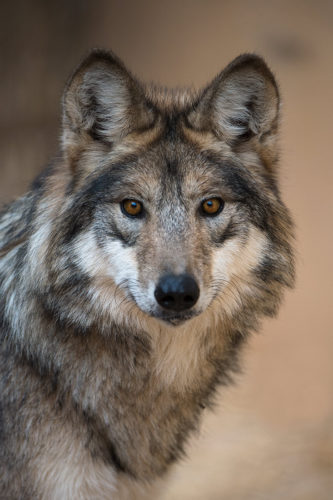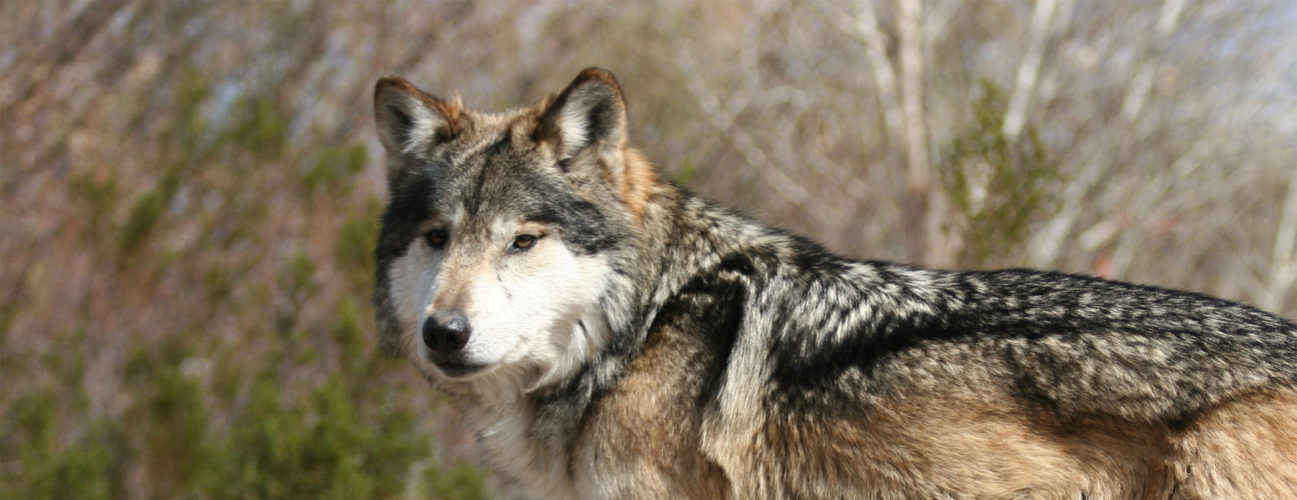The Mexican gray wolf, also known as the lobo, is a symbol of the Southwest and essential to the region’s ecological identity. Reintroduced from a founding population of just seven wolves, these creatures are intelligent, loyal, and genetically distinct.
you are looking at one of the most critically endangered species in the world.
Lobos have a decades-long history working against them every day, from human fear and poaching to habitat loss, inbreeding, and lack of protection by agencies and governments. As a result, the lobo is the most endangered wolf subspecies in the world and has been each year since 1976. Exacerbating the issue is that lobo recovery sparks fierce opposition due to misperceived threat against people, property, and livestock.
wild is where the wolf sings.
Lobos harm no one; not a single person has been attacked since the lobo’s reintroduction into Arizona and New Mexico in 1998. They don’t typically prey on livestock, either, considering wolves are responsible for less than 1% of livestock deaths each year.
To survive in the wild, the lobo needs fewer boundaries, more wolves released from captivity, and your support. Scientific research suggests several wild populations of lobos are needed throughout the American Southwest and northern Mexico in order to recover the species from the brink of extinction.
save the lobo.
The U.S. Fish & Wildlife Service (USFWS) and state legislators measure the success of the lobo population solely by numbers. Yes, there are more lobos roaming today than there have been in the past—but poor genetic diversity, ongoing urban development, and obstruction of an otherwise sprawling natural corridor continue to threaten the lobo’s survival.
Learn the lobo’s story and join Wild Arizona in working with conservation partners to protect one of our region’s most unique and iconic animals.
You can help:
- Promote family releases of lobos to increase genetic diversity.
- Allow lobos to disperse and move freely from the Gila in New Mexico to our Grand Canyon to southern Utah and the Rockies.
- Steward forest, riparian, and springs habitats as well as landscape connectivity across the Mogollon Rim, the San Francisco Peak, and the South Rim of the Grand Canyon.
- Mitigate the destruction of habitat and separation of lobo groups caused by the U.S.-Mexico border wall.
- Advocate for urgent revisions to the 10(j) rule governing management of the lobo.
Act now and make your voice heard to the USFWS. [LINK]






